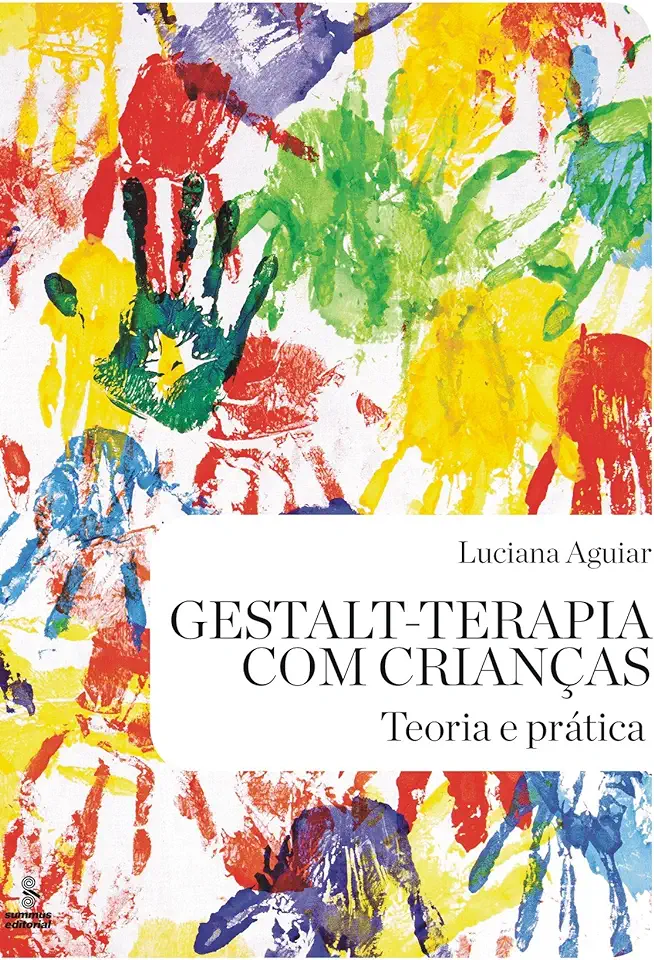
Gestalt Therapy with Children - Aguiar Luciana de Medeiros
Gestalt Therapy with Children: A Comprehensive Guide for Therapists and Parents
Introduction
Gestalt therapy is a holistic approach to psychotherapy that focuses on the individual's present experience and how they relate to their environment. It is based on the belief that people are inherently whole and have the potential for growth and self-actualization. Gestalt therapy with children is a specialized form of therapy that is tailored to the unique needs of children and adolescents.
Key Concepts of Gestalt Therapy with Children
Gestalt therapy with children is based on several key concepts, including:
- The present moment: Gestalt therapy focuses on the child's present experience, rather than dwelling on the past or worrying about the future.
- Awareness: Gestalt therapy helps children to become more aware of their thoughts, feelings, and bodily sensations.
- Contact: Gestalt therapy emphasizes the importance of contact between the child and their environment. This includes contact with other people, as well as with the child's own inner world.
- Self-regulation: Gestalt therapy helps children to develop the skills they need to regulate their own emotions and behavior.
- Creativity: Gestalt therapy encourages children to express themselves creatively, as a way of exploring their inner world and finding new solutions to problems.
Benefits of Gestalt Therapy with Children
Gestalt therapy can offer a number of benefits for children, including:
- Improved self-awareness: Gestalt therapy helps children to develop a deeper understanding of themselves, their thoughts, feelings, and behaviors.
- Enhanced emotional regulation: Gestalt therapy helps children to learn how to manage their emotions in a healthy way.
- Increased resilience: Gestalt therapy helps children to develop the skills they need to cope with stress and adversity.
- Improved relationships: Gestalt therapy helps children to build stronger relationships with their parents, peers, and other important people in their lives.
- Enhanced creativity: Gestalt therapy encourages children to express themselves creatively, which can help them to develop their problem-solving skills and find new ways to cope with challenges.
How Gestalt Therapy with Children Works
Gestalt therapy with children is typically conducted in a one-on-one setting, although it can also be done in a group setting. The therapist will use a variety of techniques to help the child explore their present experience and develop greater awareness of themselves and their world. These techniques may include:
- Talking: The therapist will talk to the child about their thoughts, feelings, and experiences.
- Play: Play is a natural way for children to express themselves and explore their world. The therapist will use play to help the child access their inner world and work through their problems.
- Art: Art can be a powerful way for children to express their emotions and thoughts. The therapist may use art therapy to help the child explore their inner world and work through their problems.
- Movement: Movement can help children to release pent-up energy and express their emotions. The therapist may use movement therapy to help the child explore their inner world and work through their problems.
Gestalt Therapy with Children: A Case Study
The following case study illustrates how Gestalt therapy can help children to overcome challenges and achieve their full potential.
Case Study: Sarah
Sarah was a 10-year-old girl who was struggling with anxiety and depression. She was afraid to go to school, and she had difficulty making friends. She was also having trouble sleeping and eating.
Sarah's parents brought her to a Gestalt therapist, who worked with her to explore her present experience and develop greater awareness of herself and her world. The therapist used a variety of techniques, including talking, play, art, and movement, to help Sarah express her emotions and work through her problems.
Over time, Sarah began to feel better. She was able to go to school without feeling anxious, and she made new friends. She also started sleeping and eating better. Sarah's parents were grateful for the help that Gestalt therapy had provided their daughter.
Conclusion
Gestalt therapy is a holistic approach to psychotherapy that can offer a number of benefits for children. It can help children to develop greater self-awareness, emotional regulation, resilience, and creativity. Gestalt therapy can also help children to build stronger relationships with their parents, peers, and other important people in their lives. If you are interested in learning more about Gestalt therapy with children, I encourage you to contact a qualified Gestalt therapist.